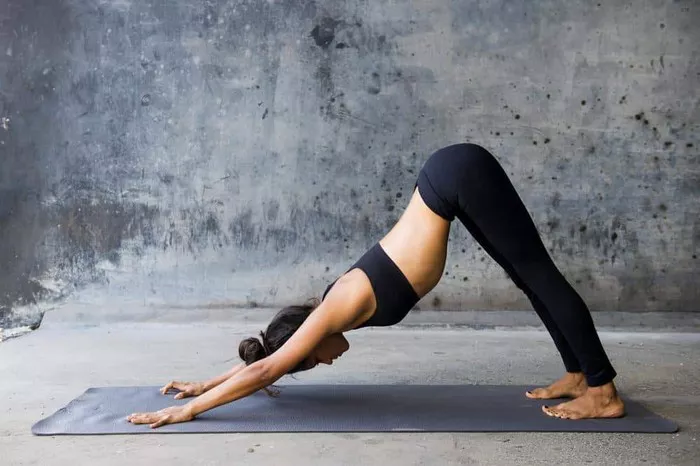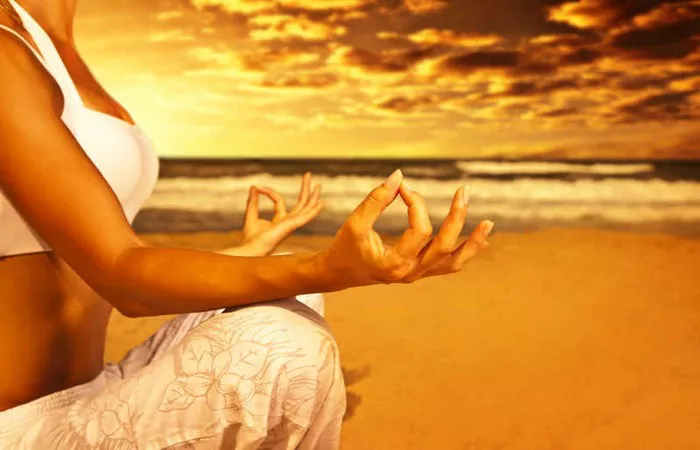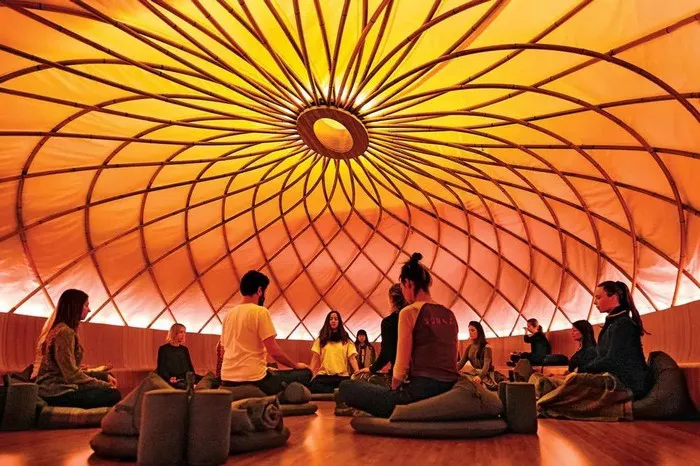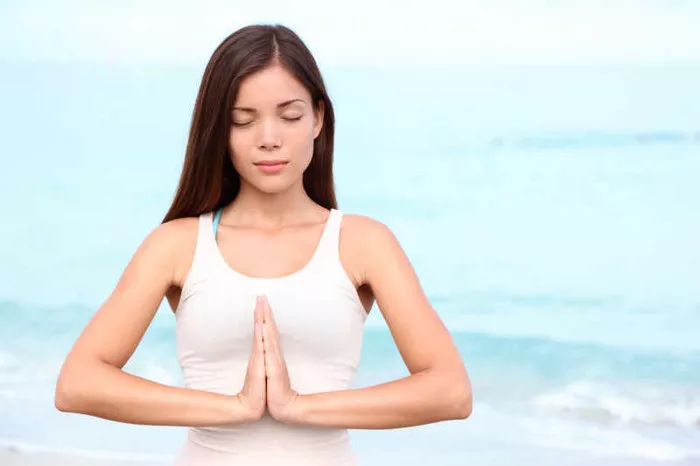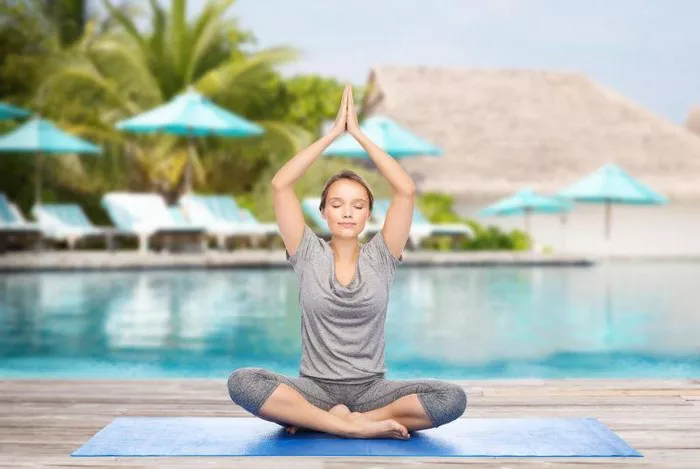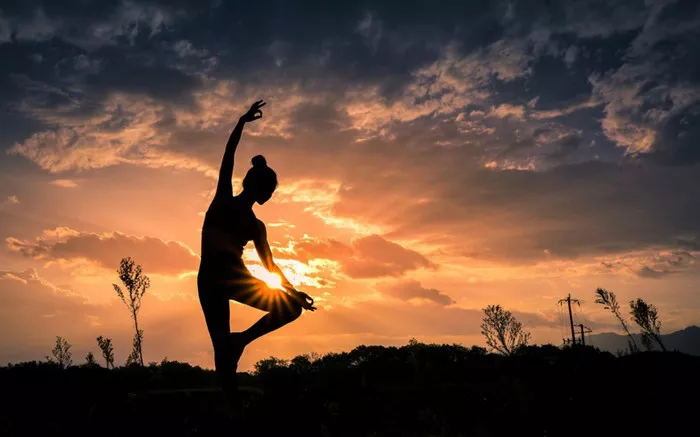Ashtanga yoga, a dynamic and structured practice, is built on a foundation of six series, each with its own set of postures designed to systematically open the body and quiet the mind. At the heart of this practice lies the vinyasa system, where each movement is synchronized with the breath, creating a flowing sequence that builds strength, flexibility, and endurance. To truly get better at Ashtanga, one must first grasp the significance of this rhythmic union between movement and breath.
The Power of the Breath
The breath in Ashtanga yoga, known as ujjayi pranayama, is not just an accessory to the postures; it is the life force that propels the practice forward. By inhaling deeply through the nose and exhaling with a soft constriction at the back of the throat, practitioners create a steady, audible flow of air that warms the body, calms the mind, and helps maintain focus. This breath pattern also acts as a metronome, guiding the pace of each vinyasa and ensuring that movements are executed with control and precision.
The Importance of Bandhas
Bandhas, or energy locks, are another crucial aspect of Ashtanga yoga. The three main bandhas – mula bandha (root lock), uddiyana bandha (abdominal lock), and jalandhara bandha (throat lock) – work together to channel and conserve energy within the body. Mula bandha, located at the perineum, helps to stabilize the pelvis and support the spine.
Uddiyana bandha, activated by drawing the abdominal muscles up and in, aids in digestion and detoxification. Jalandhara bandha, achieved by gently tilting the chin towards the chest, helps to balance the flow of energy in the upper body. Incorporating bandhas into your practice not only enhances strength and stability but also deepens your connection to the inner self.
The Practice: Establishing a Consistent Routine
Consistency is key when it comes to improving your Ashtanga yoga practice. Establishing a regular routine allows your body to adapt to the physical demands of the practice, builds momentum, and helps you develop a deeper understanding of your own abilities and limitations.
Finding Your Rhythm
The frequency and duration of your practice will depend on your individual goals, schedule, and level of experience. However, it is generally recommended to practice Ashtanga yoga at least three to five times a week for optimal results. Start with shorter sessions of 30 to 45 minutes and gradually increase the duration as your strength and endurance improve. Remember, it’s better to practice regularly for shorter periods than to have long, infrequent sessions.
Creating a Sacred Space
Setting up a dedicated space for your practice can help you create a sense of ritual and focus. Choose a quiet, clean area where you won’t be disturbed and arrange your yoga mat, props, and any other items you may need. You may also want to add some elements of nature, such as plants or candles, to create a calming and peaceful atmosphere. By creating a sacred space, you are signaling to your mind and body that it’s time to focus and engage in your practice.
The Postures: Refining Your Alignment
Proper alignment is essential in Ashtanga yoga to prevent injuries, maximize the benefits of each posture, and deepen your practice. While it’s important to listen to your body and work within your own limits, it’s also crucial to seek guidance from a qualified instructor to ensure that you are performing each posture correctly.
Breaking Down the Basics
Start by focusing on the fundamental postures of the Primary Series, such as downward-facing dog (adho mukha svanasana), warrior I (virabhadrasana I), and triangle pose (trikonasana). Pay close attention to the alignment cues for each posture, such as the position of your feet, hips, shoulders, and hands. Use props, such as blocks, straps, and bolsters, to modify the postures and make them more accessible. As you become more comfortable with the basics, gradually move on to more advanced postures in the later series.
The Art of Backbends
Backbends are a significant part of Ashtanga yoga, and they require a combination of strength, flexibility, and courage. When practicing backbends, it’s important to engage your core muscles, open your chest, and keep your neck and spine in a neutral position.
Start with gentle backbends, such as cobra pose (bhujangasana) and locust pose (salabhasana), and gradually work your way up to more challenging postures, such as wheel pose (urdhva dhanurasana) and king pigeon pose (eka pada rajakapotasana). Remember to listen to your body and not push yourself too hard, as backbends can be risky if performed incorrectly.
The Mindset: Cultivating a Positive Attitude
Ashtanga yoga is not just a physical practice; it’s also a mental and spiritual journey. Cultivating a positive mindset and a sense of self-compassion is essential for making progress in your practice and maintaining long-term motivation.
Letting Go of Expectations
It’s easy to get caught up in the idea of achieving a certain level of flexibility or strength in your Ashtanga practice. However, setting unrealistic expectations can lead to frustration, disappointment, and even injury. Instead, focus on the process of practicing and the progress you are making, no matter how small. Celebrate your achievements, no matter how minor they may seem, and remember that every step forward is a victory.
Embracing the Present Moment
Ashtanga yoga is a practice that requires focus and concentration. By bringing your attention to the present moment and fully engaging in each movement and breath, you can quiet the mind, reduce stress, and experience a deeper sense of peace and well-being. During your practice, try to let go of any distractions or thoughts about the past or future and simply be present in the here and now. Notice the sensations in your body, the rhythm of your breath, and the flow of energy as you move through each posture.
The Support: Seeking Community and Guidance
Practicing Ashtanga yoga can be a solitary journey, but it doesn’t have to be. Connecting with other practitioners, joining a community, and seeking guidance from a qualified instructor can provide valuable support, motivation, and inspiration.
Joining a Community
There are many ways to connect with other Ashtanga yoga practitioners, both online and in person. You can join a local yoga studio, attend workshops and retreats, or participate in online forums and social media groups. By connecting with others who share your passion for Ashtanga yoga, you can learn from their experiences, share your own insights, and build a supportive community of like-minded individuals.
Working with an Instructor
Working with a qualified Ashtanga yoga instructor is one of the best ways to improve your practice. An experienced instructor can provide personalized guidance, adjust your alignment, and offer modifications and variations to suit your individual needs and abilities. They can also help you set realistic goals, stay motivated, and overcome any challenges or obstacles you may encounter along the way. Whether you are a beginner or an advanced practitioner, working with an instructor can take your practice to the next level.
Conclusion
Improving your Ashtanga yoga practice is not just about achieving physical strength and flexibility; it’s about embarking on a journey of self-discovery, growth, and transformation. By understanding the essence of Ashtanga, establishing a consistent routine, refining your alignment, cultivating a positive mindset, and seeking support from others, you can deepen your practice, enhance your well-being, and unlock your full potential.






